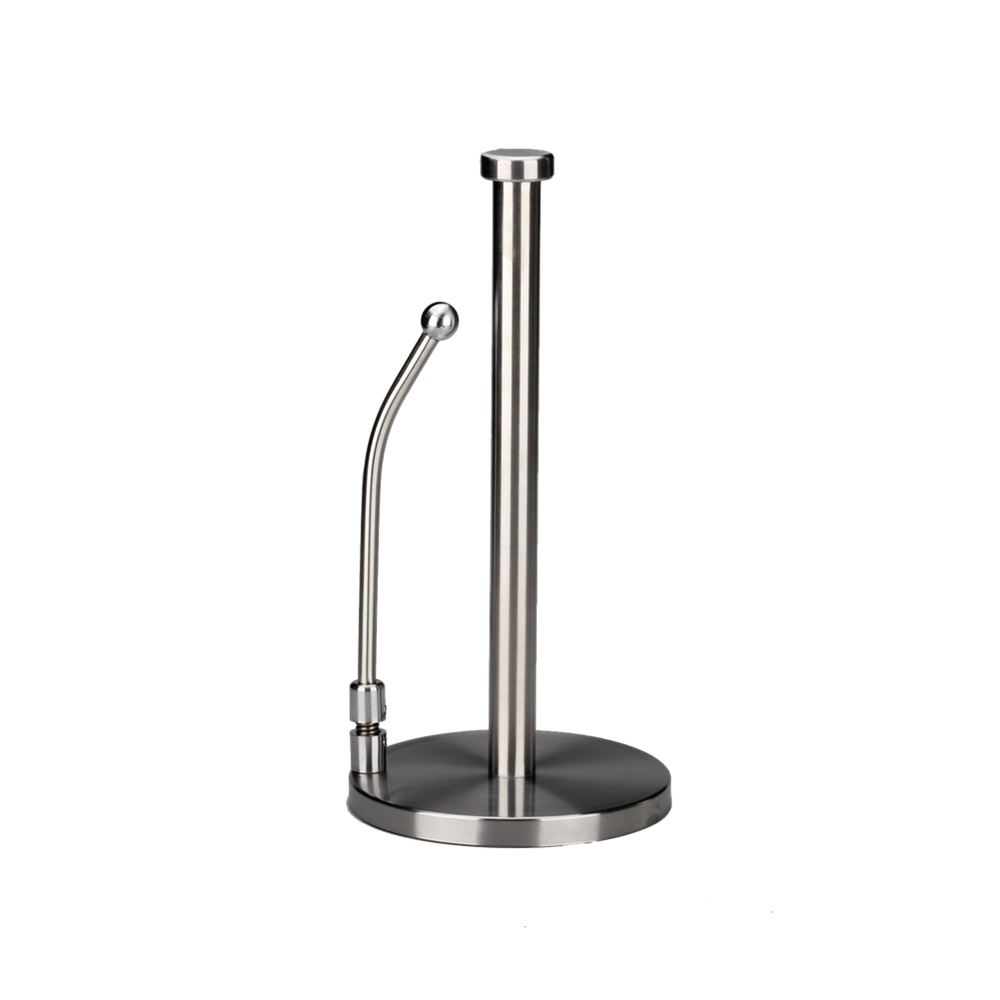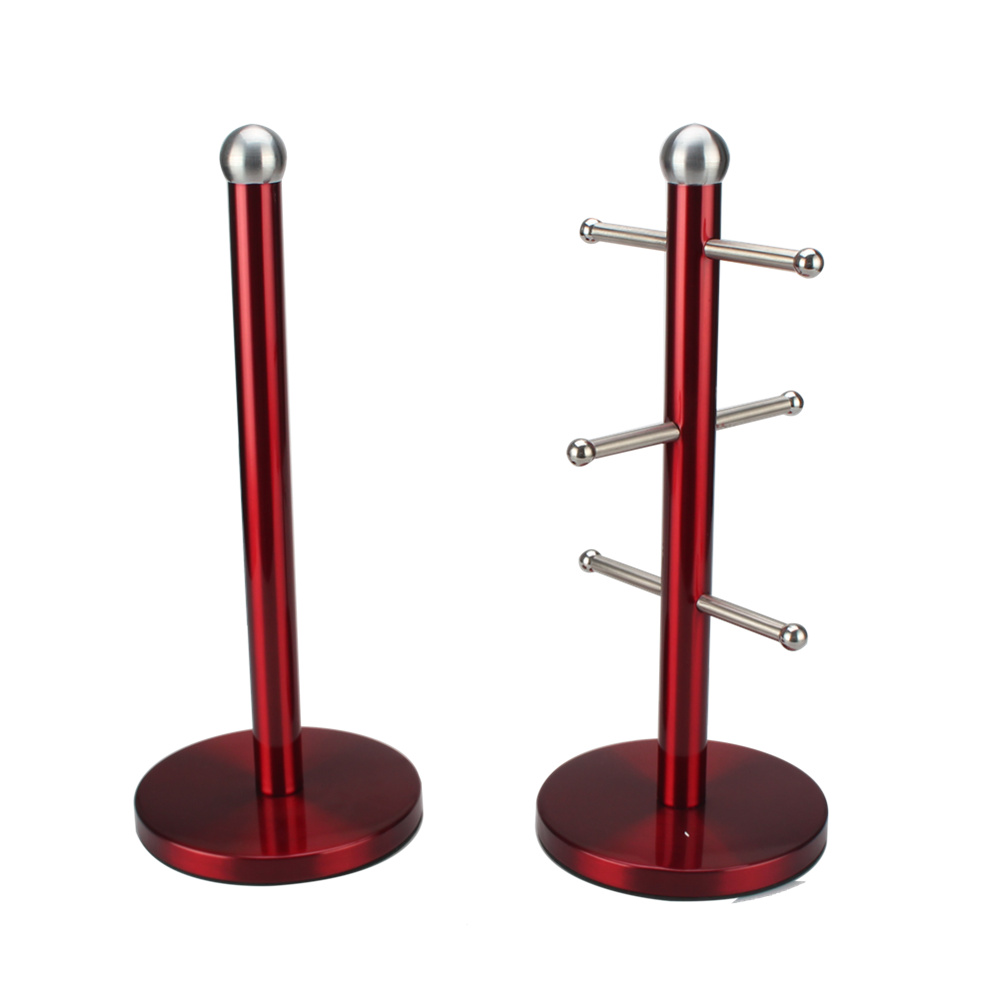Analysis of the use of knowledge of the mass spectrometer
Mass spectrometers use ion sources, mass analyzers, and ion detectors as the core. The ion source is a device that ionizes sample molecules under high vacuum conditions. The ionized molecules, due to the excessive energy received, will further disintegrate into smaller masses of multiple fragment ions and neutral particles. They get the average kinetic energy with the same energy under the accelerating electric field and enter the mass analyzer. The mass analyzer is a device that separates ions of different masses that enter at the same time, separated by the mass-to-charge ratio m/e. The separated ions enter the ion detector in sequence, and the amplified ion signal is collected and processed by a computer to draw a mass spectrum. Each of the ion source, mass analyzer, and ion detector has multiple types. Mass spectrometers are classified into isotope mass spectrometers, inorganic mass spectrometers, and organic mass spectrometers according to their applications; they are classified into high-resolution, medium-resolution, and low-resolution mass spectrometers based on their resolution capabilities; they are classified into static instruments and dynamic instruments according to their working principles.
The most important application of a mass spectrometer is to separate isotopes and determine their atomic mass and relative abundance. The accuracy of the determination of atomic mass exceeds that of chemical measurements, and the exact mass of about two-thirds or more of the atoms is determined by mass spectrometry. Because of the equivalent relationship between mass and energy, knowledge about the binding energy of the nuclear structure and the nuclear can be obtained. For analytical measurements of radioactive decay product elements that can be extracted from ore, the geologic age of the ore can be determined. The mass spectrometry method can also be used for organic chemical analysis, especially trace impurity analysis, to measure the molecular weight of a molecule, and to provide a reliable basis for determining the molecular formula and molecular structure of a compound. Because the compound has a unique mass spectrum like a fingerprint, the mass spectrometer is also widely used in industrial production.
Mass spectrometry is an analytical method for measuring ion-to-charge ratio (charge-to-mass ratio) and can be used to analyze isotopic compositions, organic structures, and elemental components. The first mass spectrometer was made by British scientist Francis Aston in 1919. Aston discovered a variety of elemental isotopes using this device, studied 53 non-radioactive elements, and discovered 212 of the 287 naturally occurring nuclei, demonstrating for the first time an atomic mass loss. He won the 1922 Nobel Prize in Chemistry for this purpose.
Mass spectrometer Technical features: NDPP with EM at 10,000 gain and 1-second residence time; mass contribution of 40 to 41 amu; zero blast contribution to 2 amu; minimum detectable concentration, helium staying in air at 1- second Time; linearity at low emission, 0.1 to 2 times normal pore pressure; use of total pressure regulation pressure under low emission; precision of total pressure at low emission; maximum working pressure of ion source under low emission (The filament turn-off threshold); 2E-4 turns in a closed ion source will produce approximately 1E-5 乇 in the quadrupole field; the minimum EM gain is at the maximum EM voltage.
Paper Towel Holder
The perfect Kitchenware to storage the paper towel in kitchen and let the kitchen more clean.
Our stainless steel paper holder is constructed entirely of metal, with a bright stainless steel finish.
For our paper towel holder , The weighted stainless steel base and EVA to keep the Paper Towel Holder in place.
Any items suitable for you, welcome to ask for more details and the sample.
Will be glad to hear from you.
Description of Paper Towel Holder
Material: base:SS410/Iron
tube:SS201/Iron
Finishing: Satin polishing ,Mirror Polishing ,Color painting
Logo: Laser logo, Etching logo, Silk printing logo, Embossed logo, Decal logo
MOQ : 2000 PCS
Packaging : White box, Mail box or Customized package
Sample Time : 7~10 days
Lead Time :60 days after have the deposit
Payment: T/T ,L/C or others
Payment term: 30% deposit before production and 70 % balance against the copy B/L



FAQ:
1:How can I get the sample?
We can provide the sample for customers to check the quality.
Please kindly provide the delivery info for calculate the sample cost. If you have DHL /TNT/UPS/FEDEX account, please also kindly provide it to us.
You can do the payment of sample via T/T and PayPal.
2:How about the sample time?
Usually the sample time is 7~10 days after have the sample cost.
3:How long will it take for mass production?
Usually 45~60 days after have the deposit.
4:Can we have our logo or company name to be printed on your products or the package?
Welcome OEM.
5:what certificate can you provide?
CE,CB,GS,FDA,LFGB,ROHS are available here.
6:How can we get your monthly new products announcement?
Please join our mailing lists.
Standing Paper Towel Holder,Kitchen Paper Towel Holder ,Stainless Steel Paper Towel Holder,Vertical Countertop Paper Towel Stand
Jiangmen Wellway Houseware Co.,Ltd , https://www.wellway-hk.com